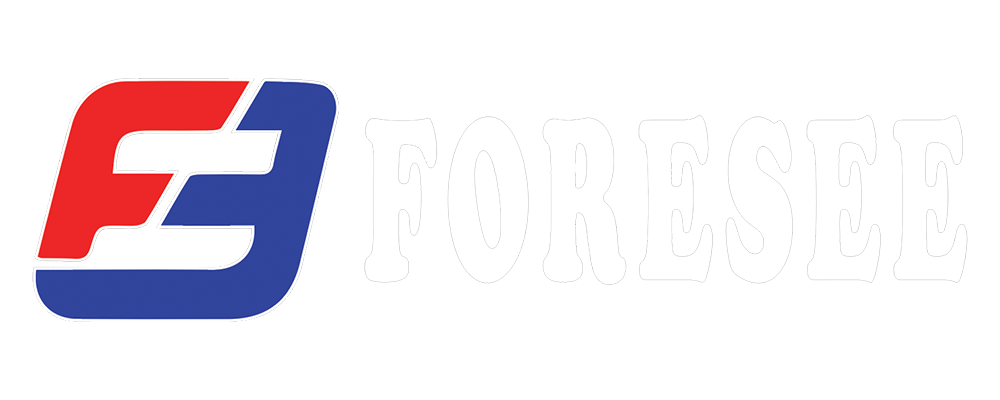PVC hoses are made through a process known as extrusion, which involves the following steps:
-
Preparation of PVC Resin: Polyvinyl chloride (PVC) resin, a synthetic polymer, is combined with additives such as plasticizers, stabilizers, and pigments. These additives are mixed to achieve desired characteristics like flexibility, durability, and color.
-
Mixing and Heating: The PVC resin and additives are blended together in specific ratios in a mixing chamber. Heat is applied to melt and homogenize the mixture.
-
Extrusion: The molten PVC compound is passed through an extruder, which is a machine that forces the material through a shaped die to create a continuous profile. The extruder applies pressure and heat to the material, forming it into the shape of the hose. The die at the end of the extruder gives the hose its desired diameter and shape.
-
Cooling and Sizing: Once the PVC material is extruded, it passes through a cooling process to solidify the shape. This could involve passing the newly formed hose through a cooling tank or using air or water cooling methods. Sizing tools may also be used to ensure the hose reaches its final dimensions.
-
Cutting and Winding: After cooling, the hose is cut to the desired lengths and wound onto spools or reels for storage or further processing.
-
Quality Control: Throughout the manufacturing process, quality control measures are implemented to check for uniformity, strength, flexibility, and other properties of the PVC hose. Testing may involve inspections, pressure tests, and other evaluations to ensure the hose meets required standards and specifications.
The specific machinery, additives used, and manufacturing processes can vary depending on the type of PVC hose being produced (e.g., garden hoses, industrial hoses, suction hoses, etc.) and the intended application, which might require additional steps or modifications in the manufacturing process.

Recent post